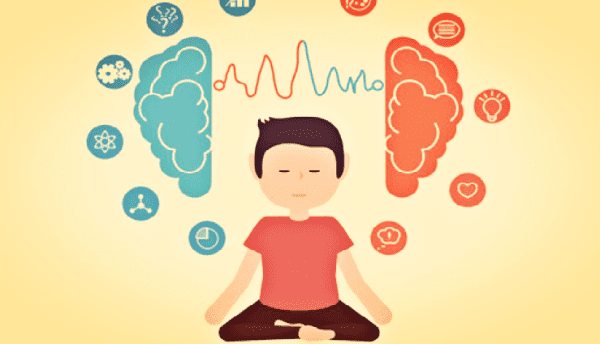Introduction: Welcome to the forefront of education, where Mindfulness in Higher Education 2024. In this era of rapid change and technological advancement, the pursuit of knowledge has evolved beyond traditional paradigms. Today, we delve into the transformative power of mindfulness within higher education, exploring how it cultivates conscious learning among students and educators alike. The
Introduction:
Welcome to the forefront of education, where Mindfulness in Higher Education 2024. In this era of rapid change and technological advancement, the pursuit of knowledge has evolved beyond traditional paradigms. Today, we delve into the transformative power of mindfulness within higher education, exploring how it cultivates conscious learning among students and educators alike.
The Evolution of Mindfulness in Higher Education 2024

Image by: mindful.org
In recent years, Mindfulness in Higher Education 2024 has undergone a profound transformation. The traditional model of lectures and exams is giving way to more interactive and experiential learning approaches. Amidst this shift, mindfulness has emerged as a cornerstone of educational philosophy, promoting self-awareness, empathy, and resilience among learners.
Understanding Mindfulness in Higher Education 2024
Before delving deeper, let’s clarify what mindfulness entails. Mindfulness in Higher Education 2024 is the practice of being present in the moment, fully aware of one’s thoughts, feelings, and sensations without judgment. It encourages individuals to observe their inner experiences with curiosity and compassion, fostering a deeper understanding of oneself and others.
The Benefits of Mindfulness in Higher Education 2024
Research has shown that integrating. Higher Education 2024 into higher education yields a myriad of benefits. For students, it enhances focus, reduces stress, and improves academic performance. Educators, too, experience positive outcomes, including increased job satisfaction, better classroom management, and improved relationships with students.
Strategies for Cultivating Mindfulness

Image by: insolvencyservice.blog.gov.uk
Now, let’s explore practical strategies for incorporating mindfulness into the higher education landscape. From simple mindfulness exercises to comprehensive curriculum integration, there are various approaches educators can adopt to foster a culture of conscious learning.
Expert Insights:
To gain deeper insights into the intersection of mindfulness and higher education, we turn to Dr. Maya Patel, a renowned expert in contemplative pedagogy. With over two decades of experience in the field, Dr. Patel has pioneered innovative approaches to integrating mindfulness into academic settings.
Key Points:
| Benefits of Mindfulness in Higher Education | Strategies for Cultivating Mindfulness |
|---|---|
| – Enhanced focus and concentration | – Incorporating mindfulness exercises |
| – Reduced stress and anxiety | – Integrating mindfulness into curriculum |
| – Improved academic performance | – Creating a culture of mindfulness |
| – Increased resilience and emotional regulation | – Providing resources for students and educators |
Comparative Table:
| Traditional Education | Mindfulness in Higher Education 2024 |
|---|---|
| Passive learning | Active engagement and participation |
| Emphasis on exams | Focus on holistic growth and well-being |
| Stressful environments | Supportive and nurturing atmosphere |
| Limited student-teacher interaction | Enhanced communication and empathy |
Conclusion:
In conclusion, mindfulness is revolutionizing higher education in 2024, fostering conscious learning environments that nurture the holistic development of students and educators alike. By integrating mindfulness practices and principles into academic settings, institutions can empower individuals to thrive in an ever-changing world. As we continue to embrace the transformative power of mindfulness, let us embark on this journey of self-discovery and collective growth together.
















